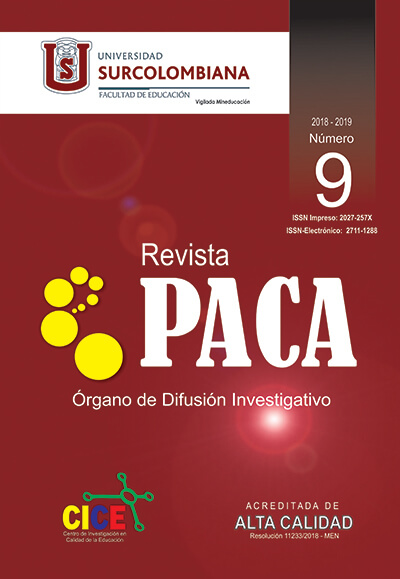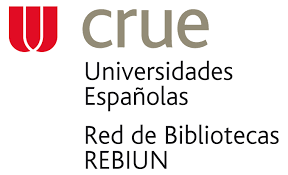Social interactions between students and their relationship with school violence since the formative process
##plugins.themes.bootstrap3.article.main##
This article aims to analyze the social interactions between students of educational institutions and their relationship with the different forms of school violence, which provides substantive elements for the structuring of an Alternative Pedagogical Proposal aimed at respecting, preserving and the exercising of the Human Rights, as a device for the intervention and construction of a harmony and peace school. School violence is a phenomenon that has occurred over the years in educational institutions. Most countries in the world have focused on this problem, which has evidenced the development of strategies and proposals in order to reduce the violence acts showed in the Educational Institutions. However, school violence directly affects the emotional, affective, cultural, psychological, personal and social development of children and youth.
In summary, the problem that guides and determines this article is specified in the analysis of social interactions between the students of the Technical Education Institutions IPC Andrés Rosa (public official) and Claretiano School of the city of Neiva (private) and its relationship with the different forms of school violence present in the formative process.
Downloads
##plugins.themes.bootstrap3.article.details##
Hernández, Y., y Galindo R. (2007). El concepto de intersubjetividad En Alfred Schütz. Revista Espacios Públicos. 10(20), 228-240. Recuperado de https://www.redalyc.org/pdf/676/67602012.pdf
Jiménez Bautista F. (2012). Conocer para comprender la violencia: origen, causas y realidad. Revista Convergencia. 19(58), 13-52 Recuperado de http://www.scielo.org.mx/scielo.php?script=sci_arttext&pid=S1405-14352012000100001
López J, N. (2015). Los Derechos Humanos y sus Implicaciones con las diversas formas de Violencia Escolar expresadas en el Currículo Oculto (Informe Final de Investigación). Universidad Surcolombiana. Neiva
López J, N. (2018). Construcción de prácticas pedagógicas alternativas para la formación de maestros para la paz, la equidad y la reconciliación (Informe Final de Investigación). Universidad Surcolombiana. Neiva
López J. N. (2011). Modernización Curricular de la Universidad Surcolombiana. Editorial Universidad Surcolombiana.
Nava, J. (1994). La comprensión hermenéutica en la investigación educativa. Recuperado de https://investigacioneducativa.idoneos.com/349683/ Organización Mundial de la Salud. (2004)
Informe mundial sobre la violencia y la salud. Recuperado de http://www.who.int/violence_injury_prevention/violence/world_report/es/summary_es.pdf
Romero, S,. D. (2012). Representaciones sociales de la violencia escolar entre pares, en estudiantes de tres instituciones educativas públicas, de Bogotá, Chía y Sopó, Cundinamarca. (Tesis de maestría). Universidad Nacional de Colombia, Bogotá, Colombia.
UNICEF (2006). Informe mundial sobre la violencia contra los niños y niñas. Recuperado de https://www.unicef.org/republicadominicana/Informe_Mundial_Sobre_Violencia_1(2).pdf
Vygotsky, L. (1982). El significado histórico de la crisis de la Psicología. Madrid. Aprendizaje Visor.
































